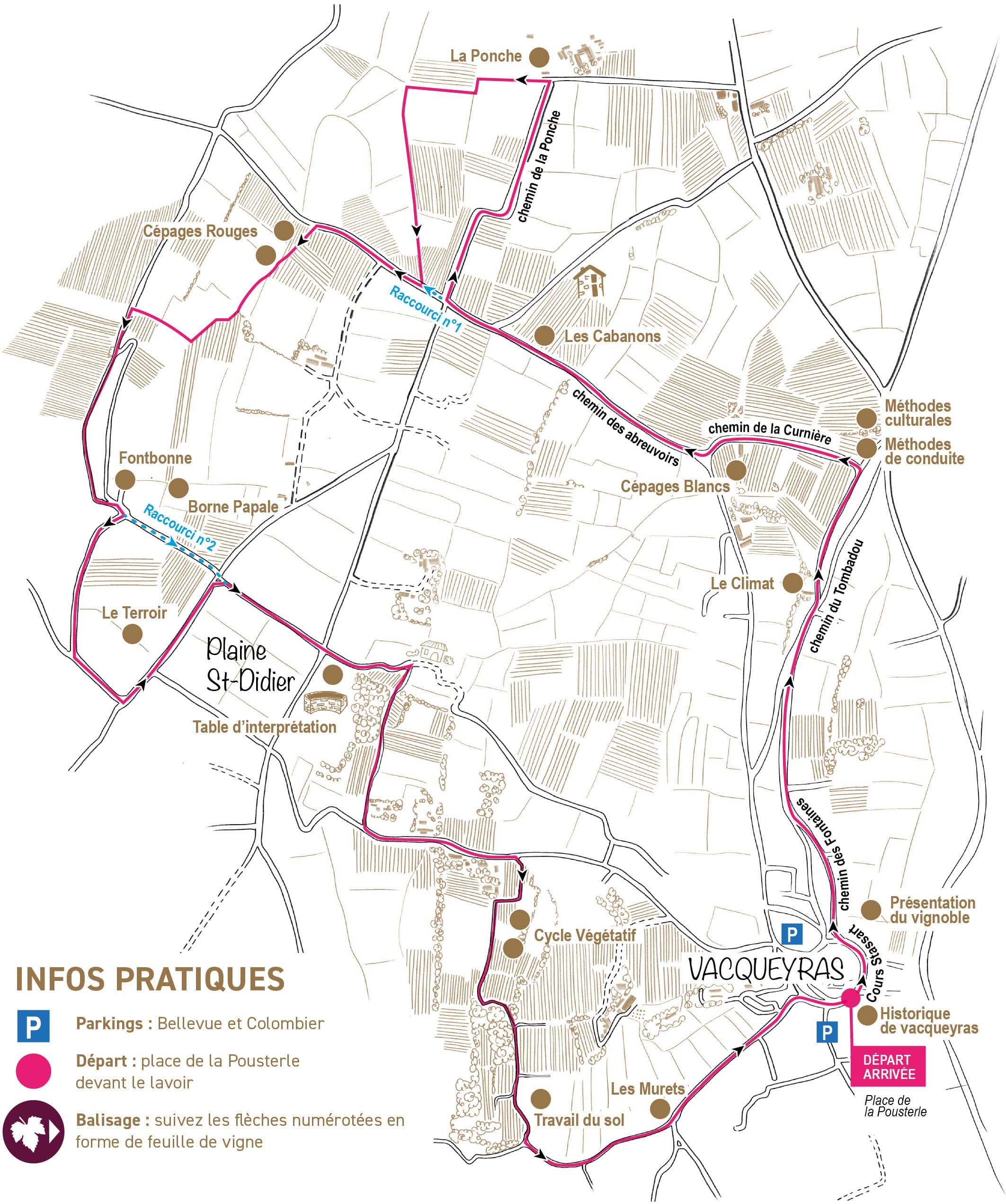Journey to the heart of our terroirs
Between vineyards and scrubland, follow in the footsteps of the winemakers who have shaped these landscapes over generations. This educational trail will reveal, step by step, the secrets that make our exceptional wine so special.
Informative panels and an interpretive table made of enameled lava mark the route and will unveil all the secrets of our beautiful terroir.

